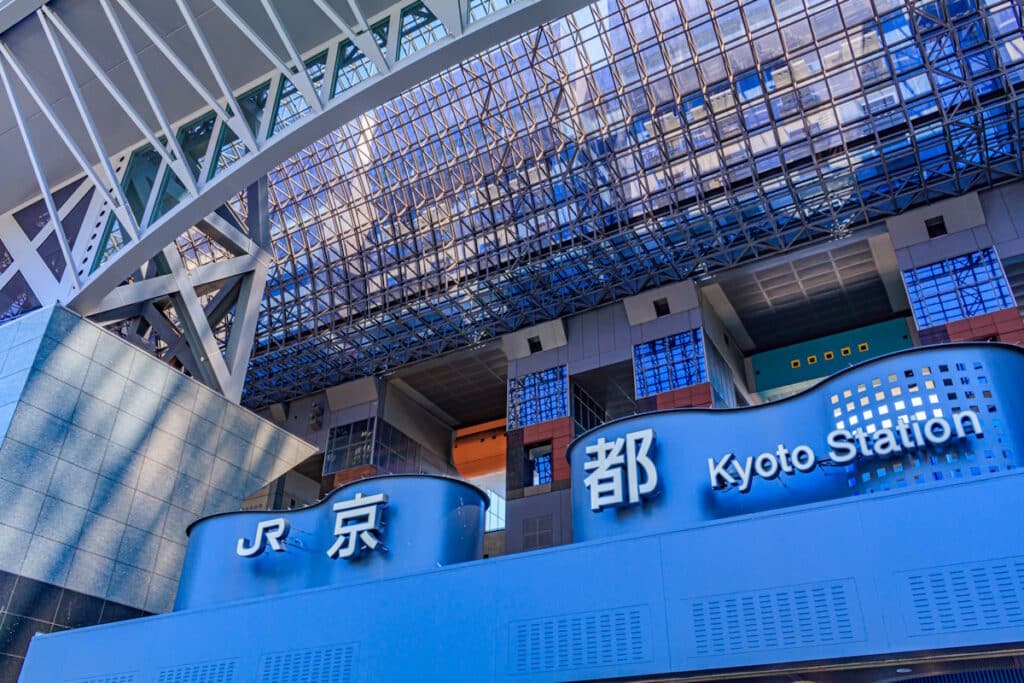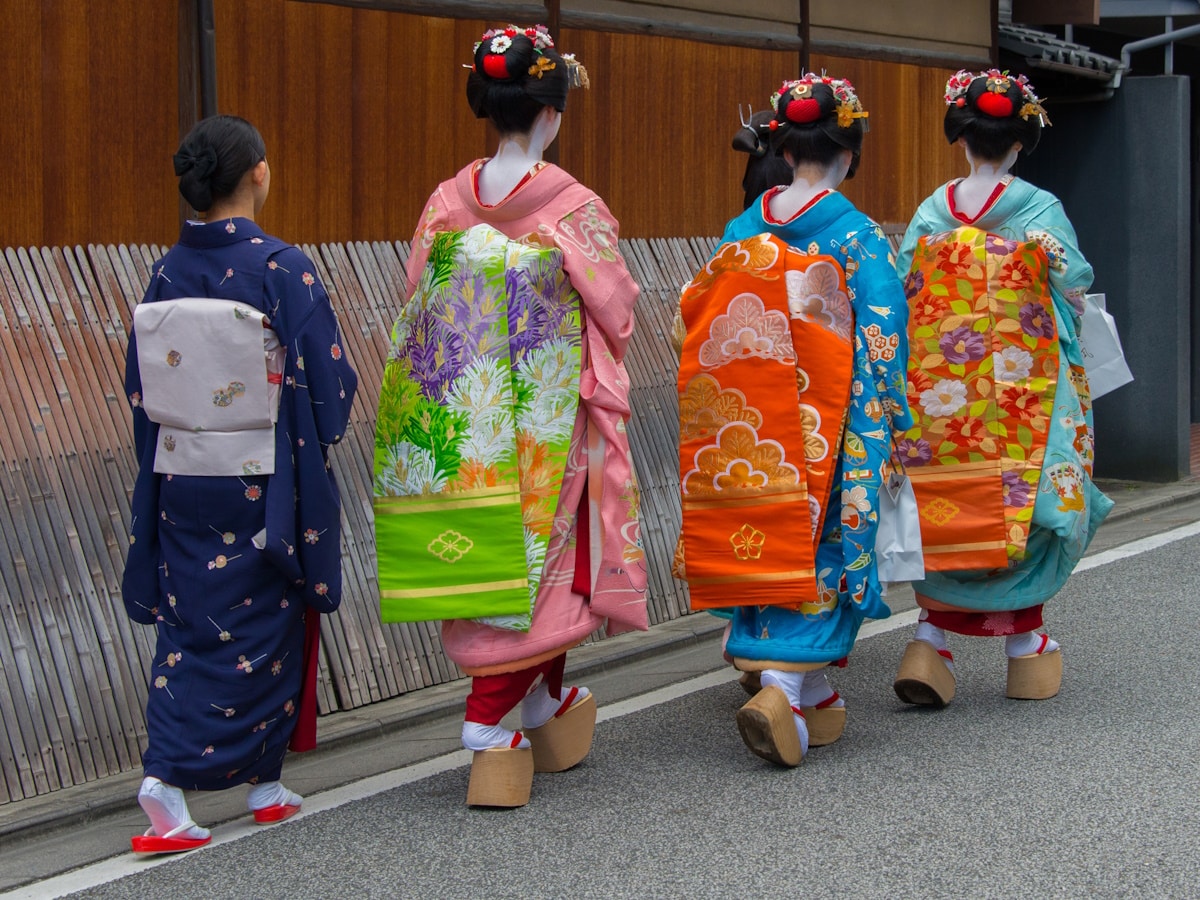Japan is logging a record number of tourists recently, breaking records previously set in 2019. However, with the boon to businesses comes a new set of problems as tourism interferes with residential and business life. In the latest development, Kyoto’s Gion neighborhood says it’ll charge people if they ignore clearly posted warnings on private streets.
Table of Contents
ToggleRecord tourism numbers spawn unique problems

This month, the Japan National Travel Organization (JNTO) announced another record for incoming tourists. A total of 2,788,000 tourists visited Japan from various countries in February 2024 – a 7.1% increase over 2019.
As we’ve reported before, South Korea is helping fuel the huge burst in tourism: 818,5000 of its citizens visited, comprising almost 30% of all visitors. Taiwan, China, Hong Kong, and the United States. Visitors from the US rose the most as a group, with their February 2024 numbers exceeding February 2019 numbers by 60.5%.
With the influx of tourists comes an influx of new problems. Residents of highly-touristed areas complain that they can’t board buses during rush hour because they’re crammed with visitors. Cities like Tokyo have also found themselves short of taxis, leading to a rise in so-called “white”, or unlicensed, taxi services operated surreptitiously through foreign websites.
Unfortunately, sometimes, the problem is the tourists themselves. Last year, we wrote about how tourists flocking to Enoshima to see a site made famous by the anime Slam Dunk were frequently blocking streets and nearly causing accidents.
Ongoing problems in Kyoto flare up again

Kyoto, as one of Japan’s most-popular tourist destinations, is also struggling with numerous problems caused by overtourism. Kyoto City, which has found its bus system overwhelmed by tourists, announced this month it’ll launch buses specifically for taking tourists to top attractions. The city’s also taken steps to crack down on touts, or barkers, attempting to lure unsuspecting tourists into questionable businesses.
Planning a trip to Japan? Get an authentic, interpreted experience from Unseen Japan Tours and see a side of the country others miss!

"Noah [at Unseen Japan] put together an itinerary that didn’t lock us in and we could travel at our own pace. In Tokyo, he guided us personally on a walking tour. Overall, he made our Japan trip an experience not to forget." - Kate and Simon S., Australia


Keep all you devices connected in Japan - rent a pocket wifi device! Available for hotel pickup or delivered to your airport. Fast speeds and backed by excellent customer service. (Note: Affiliate link - Unseen Japan earns a commission if you make a purchase.)
Another problem has cropped up in Gion, the historical home of Japan’s geisha and maiko (apprentice geisha). Even before the global health crisis, Gion’s geisha and maiko suffered various abuses from tourists. Some would yell at and vigorously pursue passing maiko. Some even tried to throw cigarette butts into their clothes. Beyond being gross and disrespectful, this behavior also fails to acknowledge that, while tourists may be visiting Gion for fun, geisha and maiko are there to work.
Enter a private street in Gion? You may owe 10,000 yen

Now, with tourism back and busier than ever, a new problem’s cropped up in Gion.
Gion is composed of public streets (公道; koudou) along which anyone can walk. However, as TV Asahi News detailed in a report, it’s also composed of a number of private roads (私道; shidou) These roads are private property housing private tea houses, as well as the living residences of maiko.

Traditionally, residents and shopowners of Gion haven’t minded locals passing through these streets. However, tourists have taken to clogging these roads either to traverse Gion or – worse – to follow maiko around. In a few extreme instances, tourists have entered tea shops and other stores where maiko work. In some cases, these streets become so crowded that maiko say they feel they can’t leave their houses to go to work.
Many streets already have signs up warning people not to photograph geisha or maiko and to avoid other “inappropriate” activity. Starting next month, however, some streets will bear new signs: standing markers warning tourists in both Japanese and English that they’re forbidden from entering these private streets. The English signs warn that failing to comply may result in a 10,000 yen (USD $66) fine.
Oota Isoichi (sic; 太田磯一), chairperson of Gion’s south ward business association, says he laments the drastic step. “We don’t want to put these signs up,” he told TV Asahi. “But when I think of resident’s voices, the trouble it’s causing them, and the stress, it becomes a ‘lesser of two evils’ situation. We have no choice.”
Avoiding the tourist crush

Obviously, if you’re planning to go to Kyoto – follow these signs! Don’t be that tourist!
However, as I like to tell people constantly, there’s so much to see in Japan beyond the so-called Big Three of Tokyo, Kyoto, and Osaka. We’ve covered a lot of destinations that, while increasingly popular among tourists, still aren’t as saturated as places like Tokyo.
For example, as Jake Adelstein recently covered, Kanazawa on Japan’s west coast is open for business and openly welcoming tourists. You can enjoy fantastic architecture as well as several traditional arts in Kanazawa and the surrounding Ishikawa Prefecture. And your tourist dollars will help the region recover from this year’s devastating earthquake.
Additionally, cities such as Morioka in Iwate Prefecture offer a taste of Japanese culinary culture with traditional foods such as wanko soba. For those who want that taste of old-school architecture that Kyoto provides, one of Japan’s numerous Old Edo towns will fit the bill nicely.
And as always, if you want an even more unique tour experience, contact us at Unseen Japan Tours and ask us to craft a custom itinerary for you.
Sources
「私道通り抜け禁止」京都・祇園に立て看板 住宅侵入に舞妓さん追いかけ撮影 増えるマナー違反者に苦慮. 8Kantere
京都・祇園 住民悲鳴「生活脅かされる」 私道通行禁止へ…罰金も 聖地巡礼客が殺到. ATV Asahi News
【図解】訪日外国人数、2月は279万人、単月でコロナ禍以降で最多 -日本政府観光局(速報). Travel Voice
